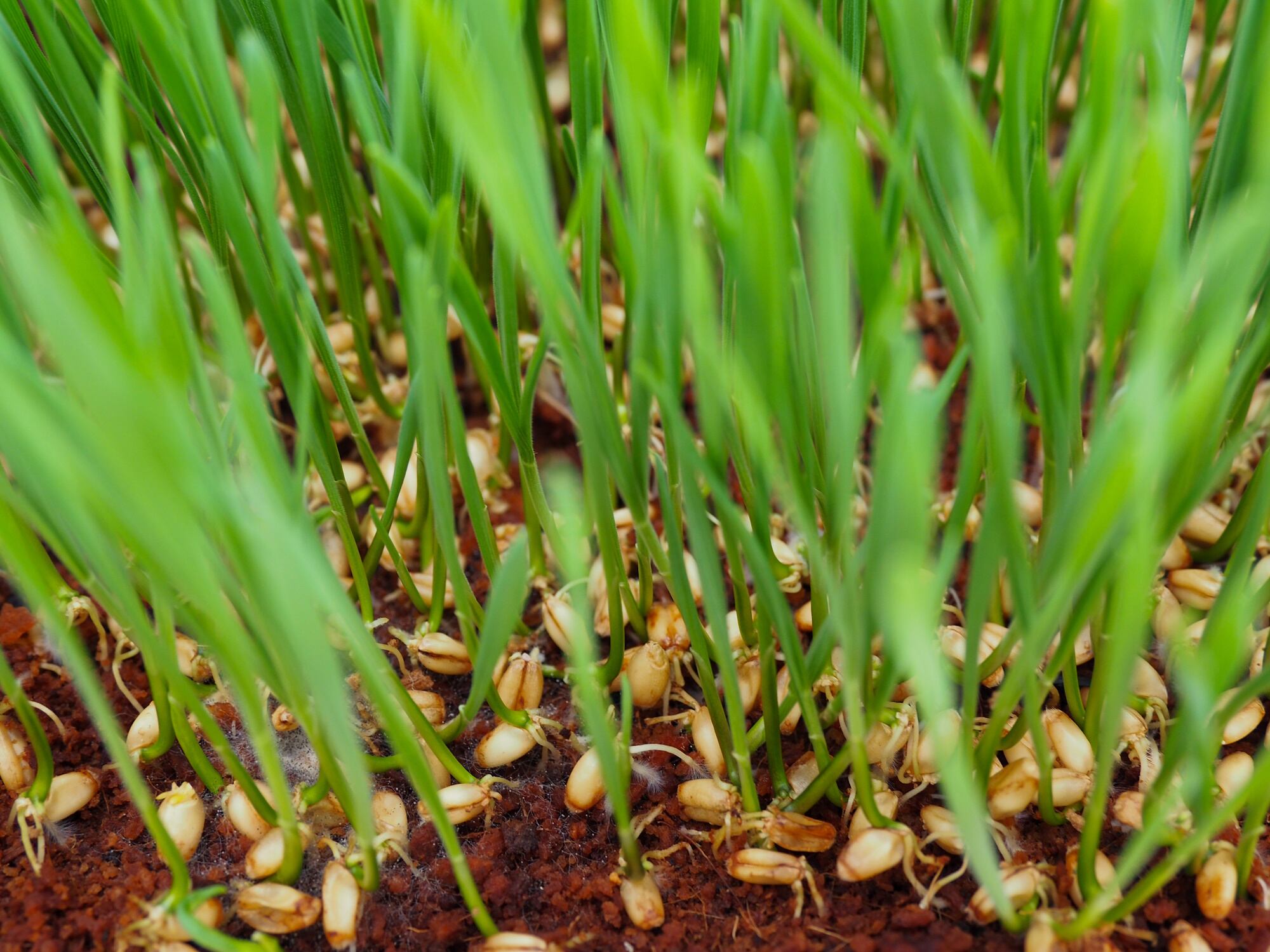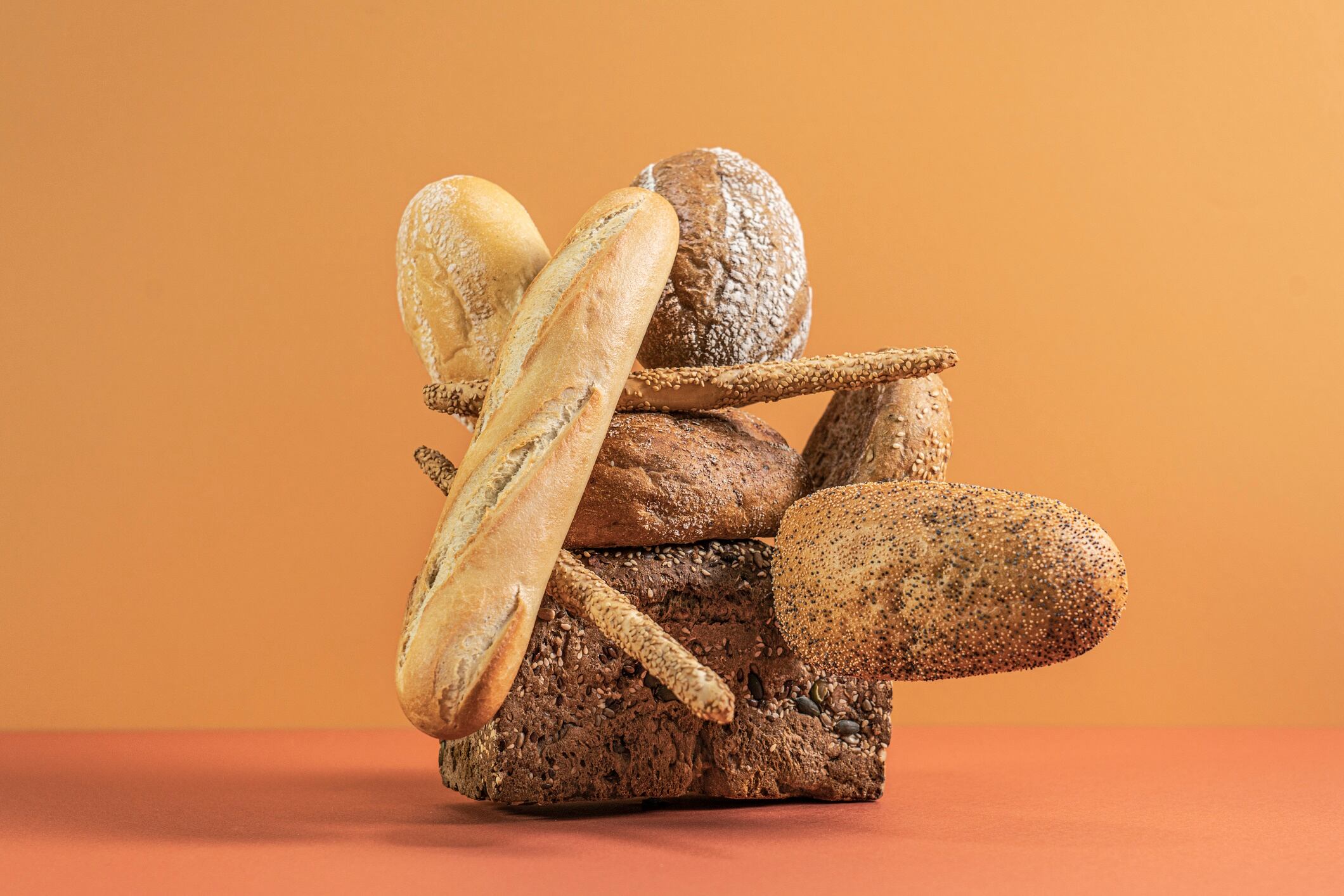Bread may be one of the oldest foods we know, but the race to keep it relevant – healthier, more sustainable and more marketable – has never been more intense. Consumers want the comfort of tradition and the assurance of clean label transparency, while policymakers and nutritionists scrutinize every nutrient panel.
Now, a quiet breakthrough from Australian researchers could help bakers deliver on all fronts.
They’ve discovered that Rhizophagus irregularis, a naturally occurring soil fungus, can make bread wheat grow larger, more nutrient-dense grains – with significantly higher bioavailable iron and zinc – all without increasing phytate, the anti-nutrient that blocks mineral absorption.
In other words, bakers could soon be working with wheat that’s naturally richer in key minerals before it even hits the mill. No GMOs. No chemical fortification. No yield trade-offs. Just better grain from the ground up.
How the fungus works its magic

The study, published in Plants, People, Planet, looked at eight Australian bread wheat varieties grown in controlled conditions with and without the fungus, and in soils with either low or high phosphorus levels.
This particular arbuscular mycorrhizal fungus forms a symbiotic partnership with plant roots, extending their reach deep into the soil to unlock nutrients the plant couldn’t access on its own. The fungus-fed wheat produced greater biomass, higher phosphorus and zinc content, and concentrated more zinc in the aleurone layer – the nutrient-rich outer layer of the grain where zinc is most bioavailable.
Crucially, phytate levels didn’t rise, even under high-phosphorus conditions. In some cases, they fell. That matters because phytate binds minerals like iron and zinc, making them harder to absorb. The absence of the usual phosphorus-phytate penalty means the nutrient boost translates directly into nutritional value for the consumer.
Lead author Dr Stephanie J. Watts-Williams, an independent researcher at The Waite Research Institute and The School of Agriculture, Food and Wine, University of Adelaide, Australia, describes it as “a sustainable way to biofortify wheat with important human micronutrients, without genetic modification or chemical enrichment. Beneficial soil fungi could be used as a sustainable option to exploit soil-derived plant nutrients, and in this case, we found potential to do exactly that by inoculating wheat with mycorrhizal fungi.”
In the paper’s Societal Impact Statement, the authors note that bread wheat is one of the world’s most important staple crops and a significant source of calories and nutrients for billions of people. They highlight that improving the concentrations and bioavailability of minerals like zinc and iron is vital for tackling global nutritional deficiencies and that their work shows how this can be achieved in a way that supports, rather than disrupts, established agronomic practices.
Why bakers should care
For bakers, the implications go beyond novelty. Bread already plays a quiet but significant nutritional role in the US diet, providing up to 25% of daily zinc intake and nearly 20% of daily iron intake. Grain that meets ‘good source’ thresholds naturally could support nutrient content claims under FDA rules without the need for enrichment powders that some consumers reject.
It’s also tailormade for the clean label era. This isn’t an additive. It’s not a post-harvest intervention. It’s wheat grown in partnership with a naturally occurring soil organism – a story that sits comfortably alongside organic, regenerative and non-GMO positioning.
And in the age of the ultra-processed foods (UPFs) debate, this gives bakers a rare defense. Enriched white bread may fall into NOVA’s UPF category, but here the nutritional boost comes from the plant itself. That aligns with what many nutrition scientists are urging: to judge food by what it delivers rather than how it’s made.
Sustainability meets marketability
Its sustainable credentials are another reason the baking industry should watch this closely.
Mycorrhizal fungi are already celebrated in regenerative agriculture circles for improving soil health, boosting crop resilience and reducing dependence on synthetic fertilizers. The USDA National Organic Program permits certain fungal inoculants, making this compatible with certified organic systems.
For bakeries sourcing from regenerative growers, this could become a compelling addition to the brand narrative.
Imagine pairing your heritage sourdough methods with wheat grown using ‘living soil partners’ that improve nutrition and support soil biodiversity. It’s a marketing story with both romance and rigor.
The caveat, however, is these results were achieved in a controlled environment. So, the next stage is proving the same effects in open farmland, across diverse climates and soil types. Researchers will also need to understand how different wheat varieties respond and whether some strains of the fungus perform better than others.
If those trials succeed, the supply chain questions begin. Grain handlers and millers could develop dedicated streams for ‘fungus-enhanced’ wheat, allowing bakers to market breads with on-pack nutrient claims. Field-to-shelf traceability would be key to protecting the integrity of the claim.
The messaging will also need care. While ‘beneficial soil fungus’ is scientifically accurate, phrases like ‘soil microbiome’ or ‘living soil systems’ may resonate better with consumers. Yeast is also a fungus, which could help normalize the idea.
The next chapter in bread’s story
The most intriguing thing about this development is that it doesn’t require bakers to change their recipes, processes or equipment. The innovation happens long before the flour arrives, allowing bakers to carry on their craft, but with a more powerful ingredient.
If large-scale trials confirm the results, the baking industry could be looking at a future where nutrient-rich wheat is grown through natural soil partnerships, meeting consumer demands for health, sustainability and authenticity all at once.
It’s a rare case where centuries-old breadmaking traditions and cutting-edge agricultural science align perfectly. And if that doesn’t sound like the future of flour, it’s hard to imagine what does.
Study:
Arbuscular mycorrhizal fungal inoculation increases the bioavailability of zinc and iron in wheat grain by Thi Diem Nguyen, Alexander AT Johnson, Enzo Lombi, Casey L. Doolette, Euan Smith and Stephanie J. Watts-Williams, 23 July 2025, Plants, People, Planet. doi: 10.1002/ppp3.70051


